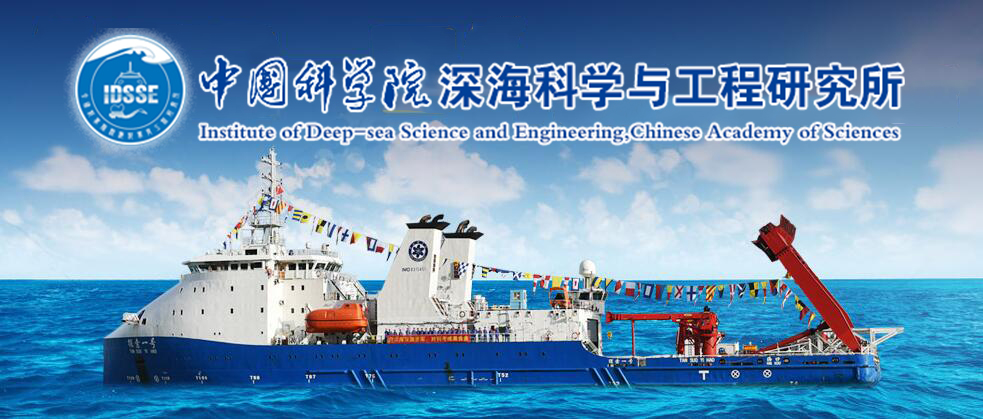
| 论文题目 | Submarine fluid flow system feeding methane emission in the northern South China Sea |
| 论文题目(英文) | Submarine fluid flow system feeding methane emission in the northern South China Sea |
| 作者 | Wang, Jiliang(1,5);Li, Ang(2,6);Wang, Lawrence Hongliang(3);Wu, Shiguo(1);Li, Qingping(4) |
| 发表年度 | 2024 |
| 卷 | 36 |
| 期 | 1 |
| 页码 | 22 |
| 期刊名称 | BASIN RESEARCH |
| 摘要 | |
| 摘要_英文 | Submarine fluid flow system can transport methane into ocean. However, its evolution is not fully understood, particularly methane migration through the gas hydrate stability zone (GHSZ) in deep-water settings. Here, we used 3D seismic and well-logging data to show the currently active fluid flow system in the northern South China Sea. It was interpreted to have two parts and they together feed intermittent methane emission. Three gas clouds have been seismically imaged beneath the base of gas hydrate stability zone (BGHSZ) and a set of new faults can be identified within them. Twenty-eight seismic pipes were found to penetrate three vertically stacked mass transport deposits (MTDs) above the gas clouds. Log-seismic correlation shows that the seismic reflections in the pipe represent MTD sediment, bulk carbonate and gas hydrate- or free gas-bearing sediments. We interpreted faults and pipes as the main migration conduits below and above the BGHSZ respectively. The MTD within the GHSZ could seal the underlying free gas transported by faults and thus overpressure built up at the base prior to the occurrences of the pipes and the fracturing through the overlying sedimentary succession. Subsequently, focused fluid flow entered the GHSZ, with the methane probably bypassing the GHSZ before pore clogging of gas hydrates occurred. Additionally, mapping of high-amplitude reflections surrounding the upper portion of gas clouds reveals the relict free gas associated with three paleo-GHSZ bases. Episodic emplacements of new MTDs repeatedly caused the upward shifts of the BGHSZ and the resultant gas hydrate dissociation, contributing to methane emission. We proposed that the occurrences of MTDs may facilitate methane emission by intermittently trapping methane and inducing gas hydrate dissociation in deep-water settings. Schematic model showing the submarine fluid flow system feeding methane emassion in the northern South China Sea.image |

Copyright © 中国科学院深海科学与工程研究所 备案证号:琼ICP备13001552号-1
 琼公网安备 46020102000014号
琼公网安备 46020102000014号
地址: 三亚市鹿回头路28号 邮编:572000 网站维护:深海所办公室 邮箱:office@idsse.ac.cn